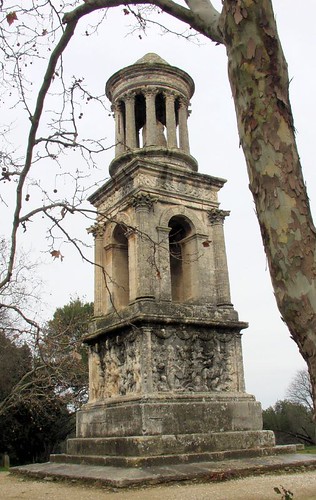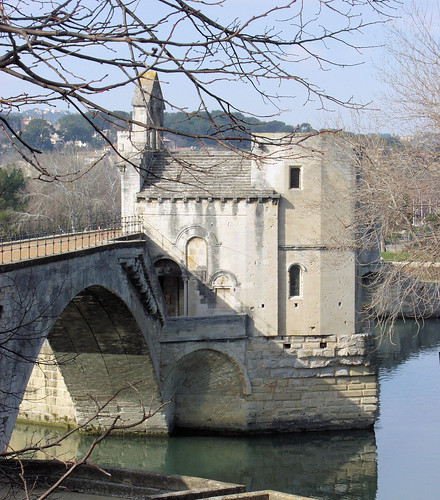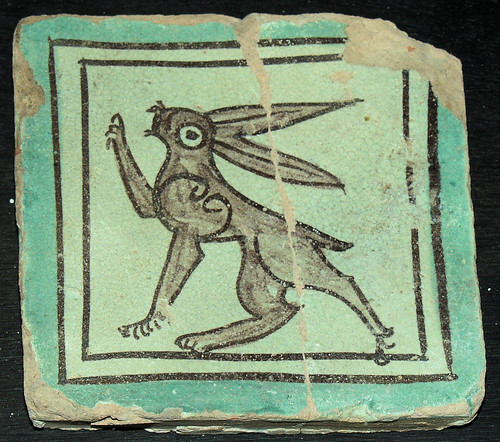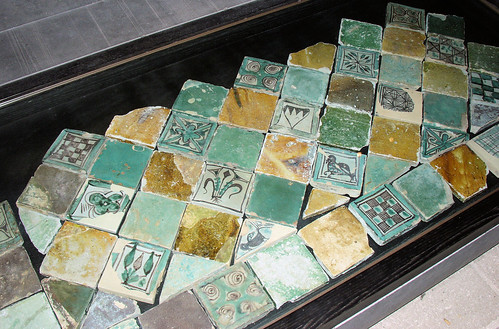If you can tear yourself away from modern Saint-Remy-de-Provence* (and the ice-cream shop just into the old town from the Republique bus stop (the terminus) is highly recommended) – then you head due south, up a busy road with little provision for pedestrians, past the tourist office. I provide these directions because this is a town astonishingly lacking in signs and the street maps that most French tourist centres are liberally sprinkled with – and the tourist office is usefully closed on Sunday.
It is uphill all the way, which at least means a downhill run “homeâ€. And just when you are starting to wonder if there’ll be sufficient reward for this hard work, on the right the official entrance to what was ancient Gallo-Greek, then Roman, town of Glanum.
It is a fitting introduction, for it marks the moment that the town changed hands – the astonishingly intact (and it doesn’t look restored) mausoleum is that of the family Julii, who took their name, of course, from Caesar, when they fought in his army against those dreadful barbarian Gauls. (Although when you get into Glanum you’ll find they were pretty damned civilised for barbarians – indeed with buildings scarcely distinguishable from the Roman.)

read more





 About
About